EU supports Rotterdam-Gothenburg LNG initiative
European Commission grants 34 million euro for the development of a small-scale LNG chain in Rotterdam and Gothenburg, accommodating LNG supply for cleaner maritime transport
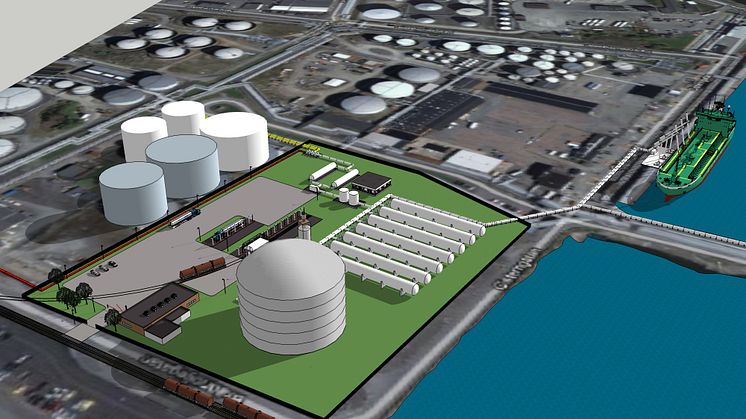
European Commission grants 34 million euro for the development of a small-scale LNG chain in Rotterdam and Gothenburg, accommodating LNG supply for cleaner maritime transport

EU beviljar 34 miljoner euro (305 miljoner kronor) för utvecklingen av ett gemensamt projekt mellan Rotterdam och Göteborg i syfte att tillhandahålla Liquefied Natural Gas (LNG) för renare transporter till havs.

The Port of Gothenburg has paid out SEK 2 million this year to the shipping companies that are participating in the port's Improved Fuel Quality programme. Last year, the programme contributed to reducing sulphur emissions by 100 tonnes, and the positive trend continues. The first six months of 2013 the programme meant that 60 tonnes less sulphur dioxide were emitted in Gothenburg.
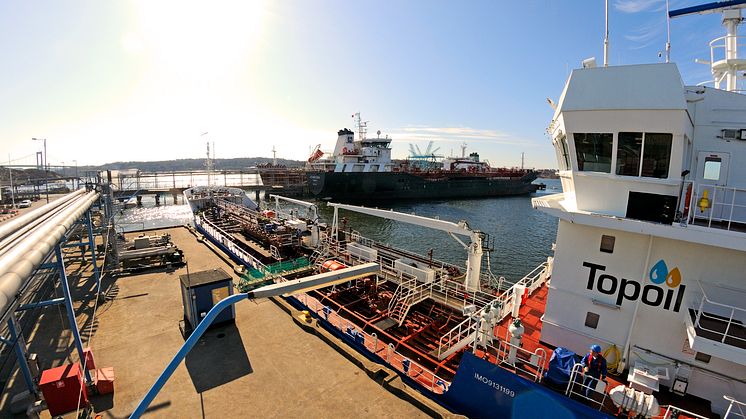
The freight shuttle between Falköping, 130 kilometres north-east of Gothenburg, and the largest port in Scandinavia is back in operation. Companies in the region will once again have access to the port's wide range of shipping services to key import and export markets. The company behind resumption of the service is Schenker.
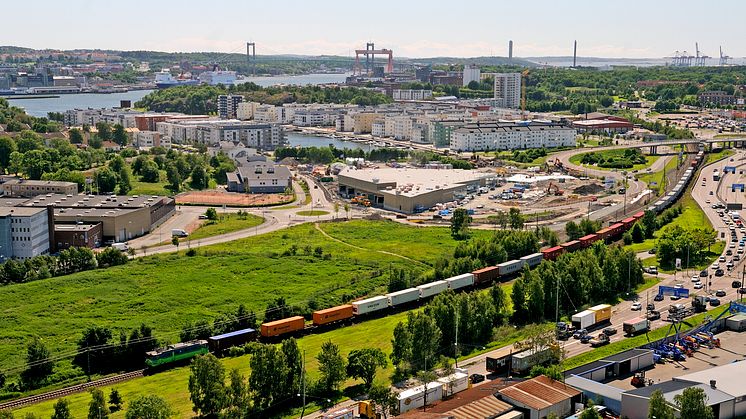
Early tomorrow morning she will be sighted passing the Vinga Lighthouse. As large as four football pitches, as high as the Gothia Towers Hotel and with a capacity of more than 18,000 containers, the world's largest container ship will dock at the Port of Gothenburg.

The number of export containers passing through the Port of Gothenburg increased by four per cent through to the end of June. At the same time, imports fell by one per cent. Overall, container trade improved by two per cent during the first six months of this year.
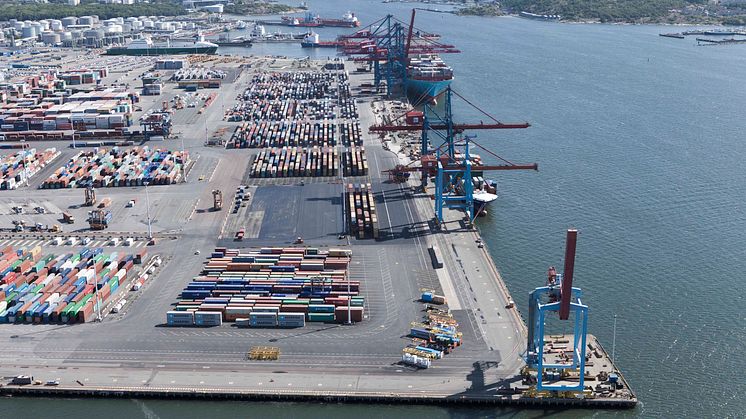
Liquefied natural gas for shipping by 2015 at the latest. This is the aim behind collaboration between private infrastructure companies and the Port of Gothenburg and the Port of Rotterdam. The project will receive SEK 305 million in funding from the EU.
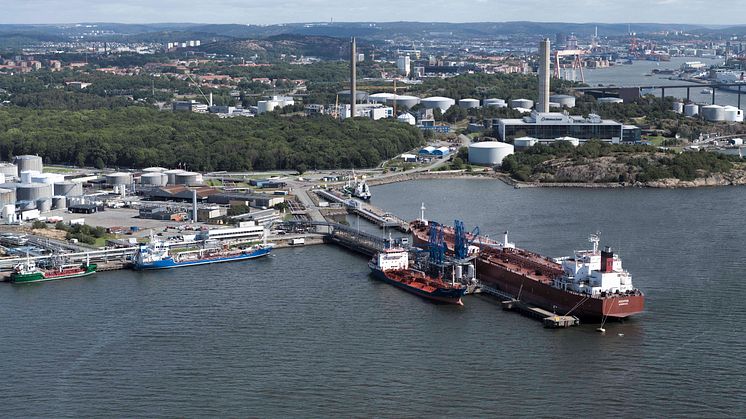
Kann ein Hafen sein Umschlagsvolumen erhöhen und zugleich seine Auswirkungen auf das Klima verringern? Die Antwortet lautet "Ja". Die Göteborger Hafengesellschaft präsentiert nun das System Railport Scandinavia auf der Transport Logistic in München. Mit diesem System werden nahezu 50 % der Landtransporte des Hafens abgewickelt.
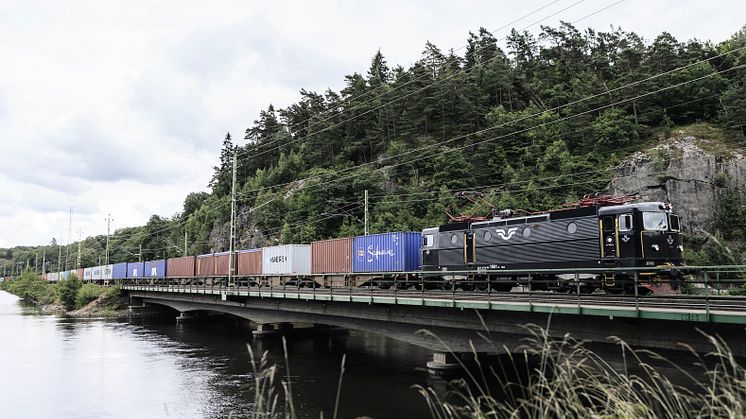
Is it possible for a port to increase volumes and at the same time reduce its climate impact? The answer is yes if you invest heavily in increasing the proportion of rail transport to and from the port. The Port of Gothenburg is planning to present the Railport Scandinavia system at Transport Logistics in Munich – a system that accounts for 50 per cent of the port's land transport.

Can Spanish-grown tomatoes that are transported all the way to this country be a better alternative from a climate point of view than Swedish-grown tomatoes? The answer is yes. In some cases, transport contributes to reducing carbon emissions. This is demonstrated in a new study from SIK, the Swedish Institute for Food and Biotechnology, commissioned by the Port of Gothenburg.
South Korea is one of Asia’s fastest-growing economies. Now for the first time Swedish importers and exporters are getting a direct route to Busan in the eastern part of the country.

It has been confirmed that the world's largest container ships – Triple E – will call at the Port of Gothenburg, Sweden. The ships, which can carry 18,000 containers, are currently being built at a shipyard in South Korea. The first call will be in August.
